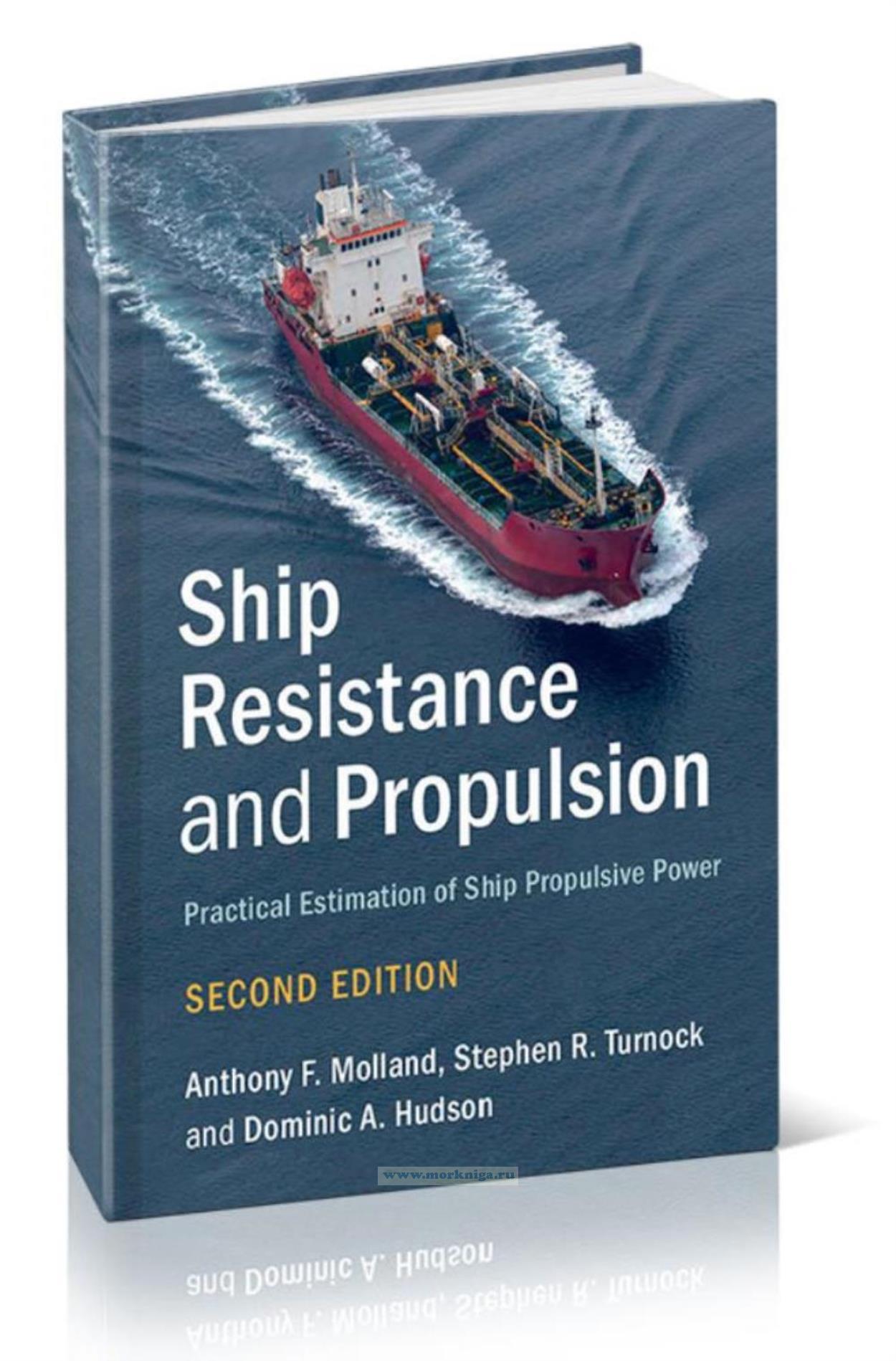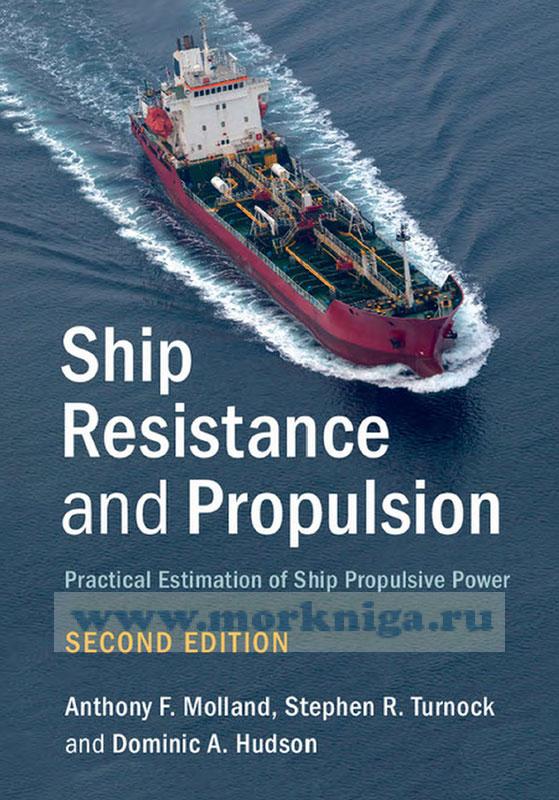Ship Resistance and Propulsion. Practical estimation of ship propulsive power/–°–Њ–њ—А–Њ—В–Є–≤–ї–µ–љ–Є–µ –і–≤–Є–ґ–µ–љ–Є—О —Б—Г–і–љ–∞ –Є —В—П–≥–∞. –Я—А–∞–Ї—В–Є—З–µ—Б–Ї–∞—П –Њ—Ж–µ–љ–Ї–∞ –і–≤–Є–ґ–Є—В–µ–ї—М–љ–Њ–є —Б–Є–ї—Л —Б—Г–і–љ–∞
-
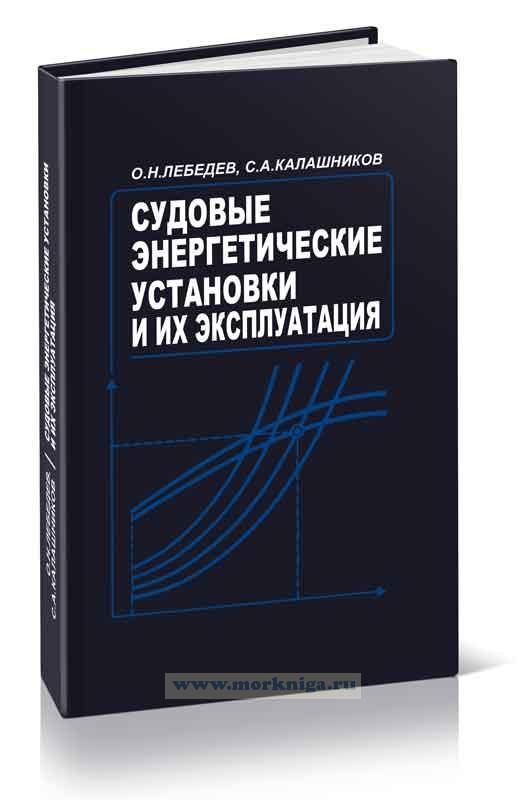 –°—Г–і–Њ–≤—Л–µ —Н–љ–µ—А–≥–µ—В–Є—З–µ—Б–Ї–Є–µ —Г—Б—В–∞–љ–Њ–≤–Ї–Є –Є –Є—Е —Н–Ї—Б–њ–ї—Г–∞—В–∞—Ж–Є—П
–°—Г–і–Њ–≤—Л–µ —Н–љ–µ—А–≥–µ—В–Є—З–µ—Б–Ї–Є–µ —Г—Б—В–∞–љ–Њ–≤–Ї–Є –Є –Є—Е —Н–Ї—Б–њ–ї—Г–∞—В–∞—Ж–Є—П
-
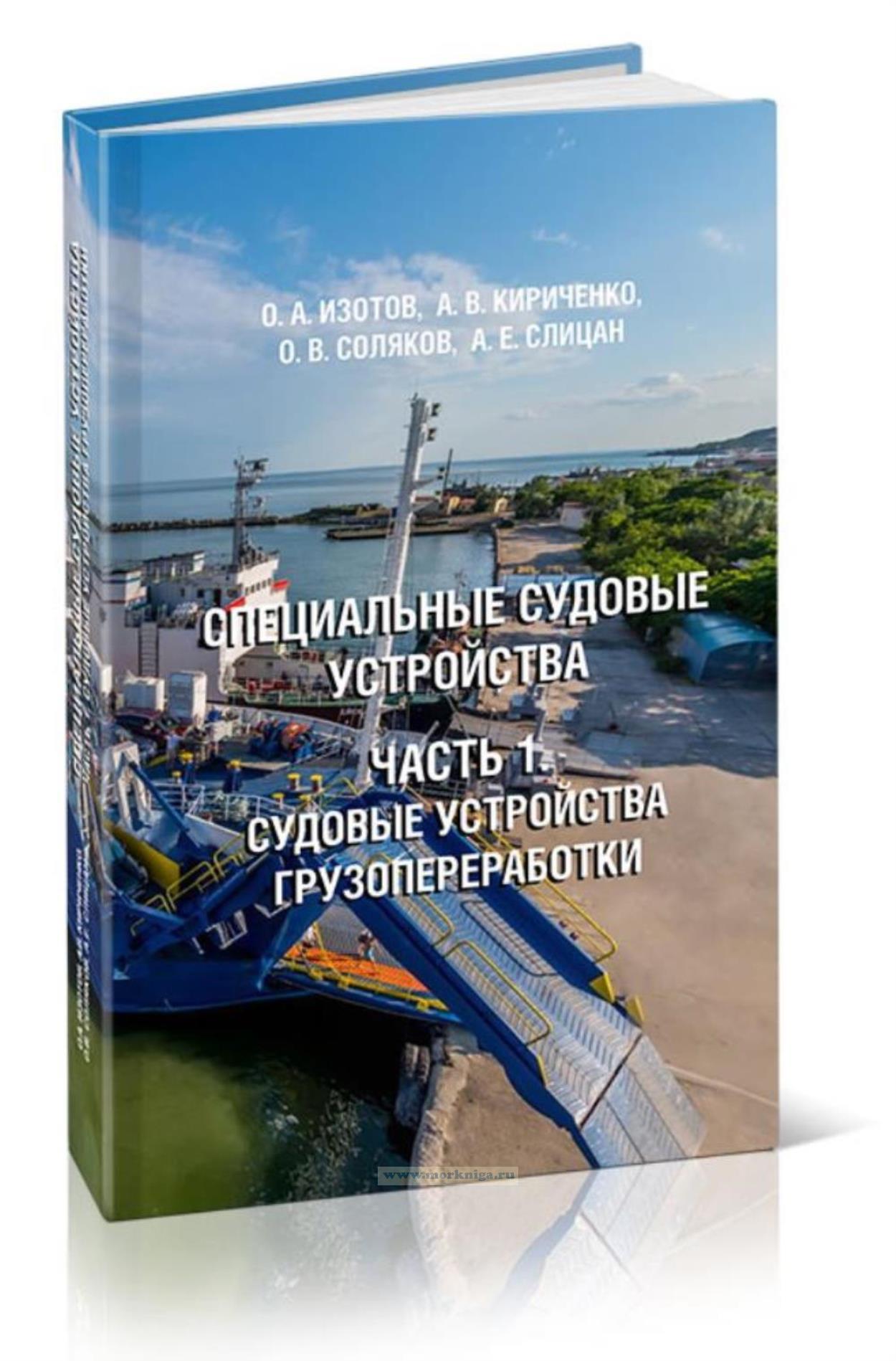 –°–њ–µ—Ж–Є–∞–ї—М–љ—Л–µ —Б—Г–і–Њ–≤—Л–µ —Г—Б—В—А–Њ–є—Б—В–≤–∞. –І–∞—Б—В—М 1. –°—Г–і–Њ–≤—Л–µ —Г—Б—В—А–Њ–є—Б—В–≤–∞ –≥—А—Г–Ј–Њ–њ–µ—А–µ—А–∞–±–Њ—В–Ї–Є
–°–њ–µ—Ж–Є–∞–ї—М–љ—Л–µ —Б—Г–і–Њ–≤—Л–µ —Г—Б—В—А–Њ–є—Б—В–≤–∞. –І–∞—Б—В—М 1. –°—Г–і–Њ–≤—Л–µ —Г—Б—В—А–Њ–є—Б—В–≤–∞ –≥—А—Г–Ј–Њ–њ–µ—А–µ—А–∞–±–Њ—В–Ї–Є
-
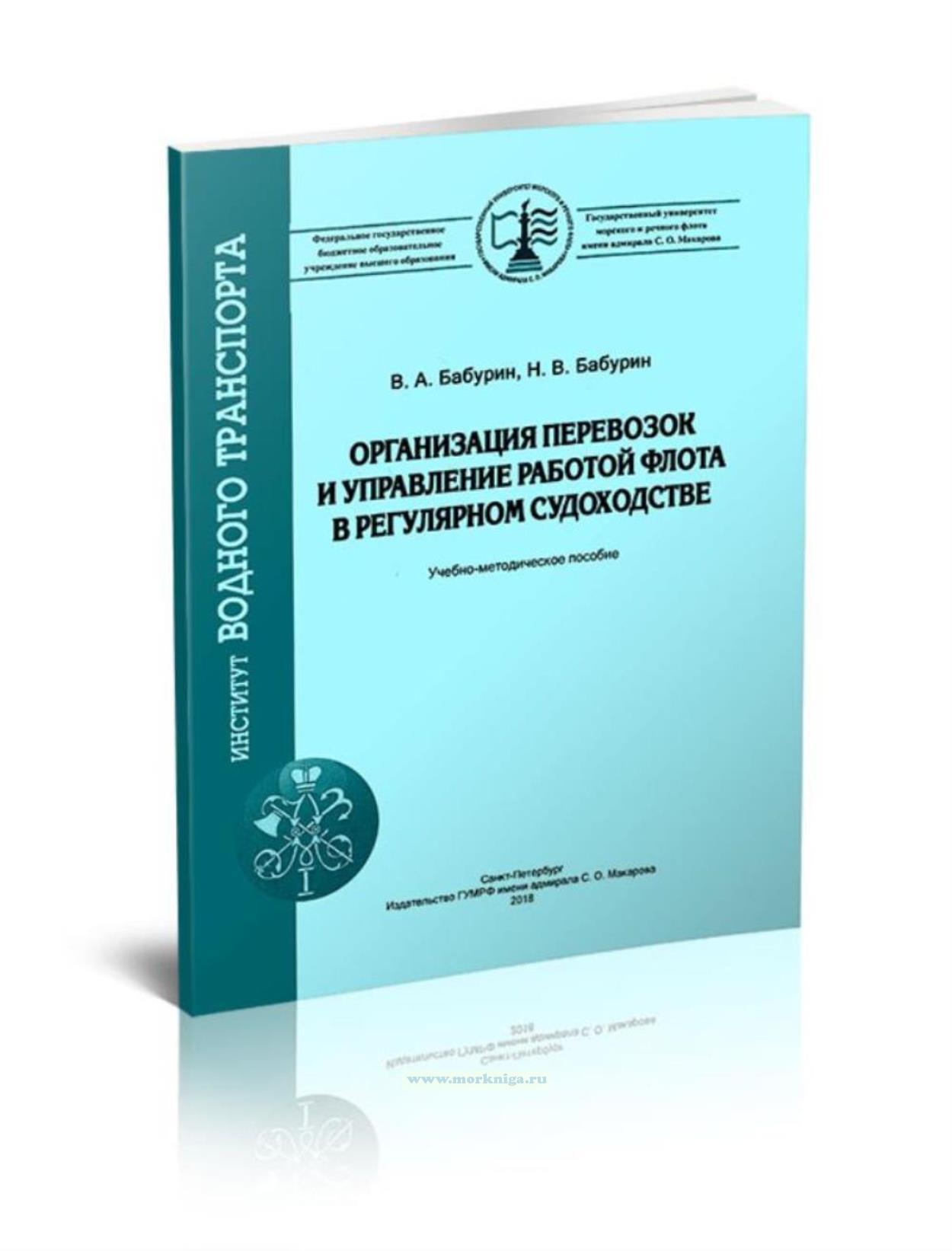 –Ю—А–≥–∞–љ–Є–Ј–∞—Ж–Є—П –њ–µ—А–µ–≤–Њ–Ј–Њ–Ї –Є —Г–њ—А–∞–≤–ї–µ–љ–Є–µ —А–∞–±–Њ—В–Њ–є —Д–ї–Њ—В–∞ –≤ —А–µ–≥—Г–ї—П—А–љ–Њ–Љ —Б—Г–і–Њ—Е–Њ–і—Б—В–≤–µ
–Ю—А–≥–∞–љ–Є–Ј–∞—Ж–Є—П –њ–µ—А–µ–≤–Њ–Ј–Њ–Ї –Є —Г–њ—А–∞–≤–ї–µ–љ–Є–µ —А–∞–±–Њ—В–Њ–є —Д–ї–Њ—В–∞ –≤ —А–µ–≥—Г–ї—П—А–љ–Њ–Љ —Б—Г–і–Њ—Е–Њ–і—Б—В–≤–µ
–Ш–Ј–і–∞–љ–Є–µ –љ–∞ –∞–љ–≥–ї–Є–є—Б–Ї–Њ–Љ —П–Ј—Л–Ї–µ
Over the past six years, since the first edition, there have been developments and advances in the way ship power estimates are carried out, including improvements in experimental, analytical and computational fluid dynamics (CFD) techniques.
There has been a significant increase in emphasis on improving energy efficiency and reducing emissions from ships and, in order to promote energy-efficient ship design and the control of CO2 emissions, the International Maritime Organisation (IMO) has introduced an Energy Efficiency Design Index (EEDI). This has led to a closer examination of methods of reducing power, including savings in hull resistance and propeller efficiency and developments in auxiliary propulsion and energysaving devices (ESDs). A new chapter (Ch. 17) has been introduced to describe the background to the EEDI and to summarise the various ways of reducing propulsive power and emissions.
Numerical resistance estimates and numerical propeller design have been brought up to date, describing recent developments and references.
Typographical errors in the first edition have been removed. There are some gaps in the first edition and the opportunity of a second edition has allowed the inclusion of other topical areas including outline descriptions of pump jets, rim-driven propulsors, shape-adaptive foils, propeller noise and dynamic positioning.Discussion of the relationship between hull form and seakeeping has been expanded. Information on the new controllable pitch Wageningen C and D series has been added. Trials procedures have been updated following the requirements of the IMO for the EEDI.
Due to the increase in the development and applications of underwater vehicles, preliminary estimates of power for submarines and autonomous underwater vehicles (AUVs) have been incorporated. Similarly, preliminary power estimates for hydrofoil craft have been included.
The fundamental concepts of ship powering remain unaltered, and the practical approach to powering in the book, together with worked examples, is maintained.
The authors wish to acknowledge the work of postgraduate students who have contributed to the Southampton research programme, including Dr. Charles Badoe, Dr.Artur Lidtke,Dr. Thomas Lloyd and Dr. Bjorn Winden.
Contents
Preface to the Second Edition
Preface to the First Edition
Nomenclature
Abbreviations
Figure Acknowledgements
1 Introduction
History
Powering: Overall Concept
Improvements in Efficiency
References (chapter 1)
2 Propulsive Power
2.1 Components of Propulsive Power
2.2 Propulsion Systems
2.3 Definitions
2.4 Components of the Ship Power Estimate
3 Components of Hull Resistance
3.1 Physical Components of Main Hull Resistance
3.2 Other Drag Components
References (chapter 3)
4 ModelвАУShip Extrapolation
4.1 Practical Scaling Methods
4.2 Geosim Series
4.3 Flat Plate Friction Formulae
4.4 Derivation of Form Factor (1 + k)
References (chapter 4)
5 ModelвАУShip Correlation
5.1 Purpose
5.2 Procedures
5.3 Ship Speed Trials and Analysis
References (chapter 5)
6 Restricted Water Depth and Breadth
6.1 Shallow Water Effects
6.2 Bank Effects
6.3 Blockage Speed Corrections
6.4 Squat
6.5 Wave Wash
References (chapter 6)
7 Measurement of Resistance Components
7.1 Background
7.2 Need for Physical Measurements
7.3 Physical Measurements of Resistance Components
7.4 Flow Field Measurement Techniques
References (chapter 7)
8 Wake and Thrust Deduction
8.1 Introduction
8.2 Origins of Wake
8.3 Nominal and Effective Wake
8.4 Wake Distribution
8.5 Detailed Physical Measurements of Wake
8.6 Computational Fluid Dynamics Predictions of Wake
8.7 Model Self-Propulsion Experiments
8.8 Empirical Data for Wake Fraction and Thrust Deduction Factor
8.9 Effects of Shallow Water
8.10 Tangential Wake
8.11 Submarine and AUV Wake and Thrust Deduction
References (chapter 8)
9 Numerical Estimation of Ship Resistance
9.1 Introduction
9.2 Historical Development
9.3 Available Techniques
9.4 Interpretation of Numerical Methods
9.5 Thin Ship Theory
9.6 Estimation of Ship Self-Propulsion Using RANS
9.7 Summary
References (chapter 9)
10 Resistance Design Data
10.1 Introduction
10.2 Data Sources
10.3 Selected Design Data
10.4 Wetted Surface Area
References (chapter 10)
11 Propulsor Types
11.1 Basic Requirements: Thrust and Momentum Changes
11.2 Levels of Efficiency
11.3 Summary of Propulsor Types
References (chapter 11)
12 Propeller Characteristics
12.1 Propeller Geometry, Coefficients, Characteristics
12.2 Cavitation
12.3 Propeller Blade Strength Estimates
12.4 Shape-Adaptive Foils
References (chapter 12)
13 Powering Process
13.1 Selection of Marine Propulsion Machinery
13.2 PropellerвАУEngine Matching
13.3 Propeller Off-Design Performance
13.4 Voyage Analysis and In-Service Monitoring
13.5 Dynamic Positioning
References (chapter 13)
14 Hull Form Design
14.1 General
14.2 Fore End
14.3 Aft End
14.4 Influence of Hull Form on Seakeeping
14.5 Computational Fluid Dynamics Methods Applied to Hull Form Design
References (chapter 14)
15 Numerical Methods for Propeller Analysis
15.1 Introduction
15.2 Historical Development of Numerical Methods
15.3 Hierarchy of Methods
15.4 Guidance Notes on the Application of Techniques
15.5 Blade Element-Momentum Theory
15.6 Propeller Wake Adaption
15.7 Effect of Tangential Wake
15.8 Examples Using Blade Element-Momentum Theory
15.9 Numerical Prediction of Cavitation
15.10 Assessment of Propeller Noise
15.11 Summary
References (chapter 15)
16 Propulsor Design Data
16.1 Introduction
16.2 Propulsor Data
16.3 Hull and Relative Rotative Efficiency Data
16.4 Submarine and AUV Propulsor Design
References (chapter 16)
17 Reductions in Propulsive Power and Emissions
17.1 Introduction
17.2 Potential Savings in Hull Resistance
17.3 Potential Savings in Propeller Efficiency
17.4 Power Savings During Operation
17.5 Energy Saving Devices (ESDs)
17.6 Auxiliary Propulsion Devices
17.7 Alternative Fuels
17.8 Alternative Machinery/Propulsor Arrangements
17.9 Energy Efficiency Design Index (EEDI)
17.10 Summary
References (chapter 17)
18 Applications
18.1 Background
18.2 Example Applications
References (chapter 18)
Appendix A1: Background Physics
A1.1 Background
A1.2 Basic Fluid Properties and Flow
A1.3 Continuity of Flow
A1.4 Forces Due to Fluids in Motion
A1.5 Pressure and Velocity Changes in a Moving Fluid
A1.6 Boundary Layer
A1.7 Flow Separation
A1.8 Wave Properties
References (appendix –Р1)
Appendix A2: Derivation of Eggers Formula for Wave Resistance
Appendix A3: Tabulations of Resistance Design Data
Appendix A4: Tabulations of Propulsor Design Data
Index
